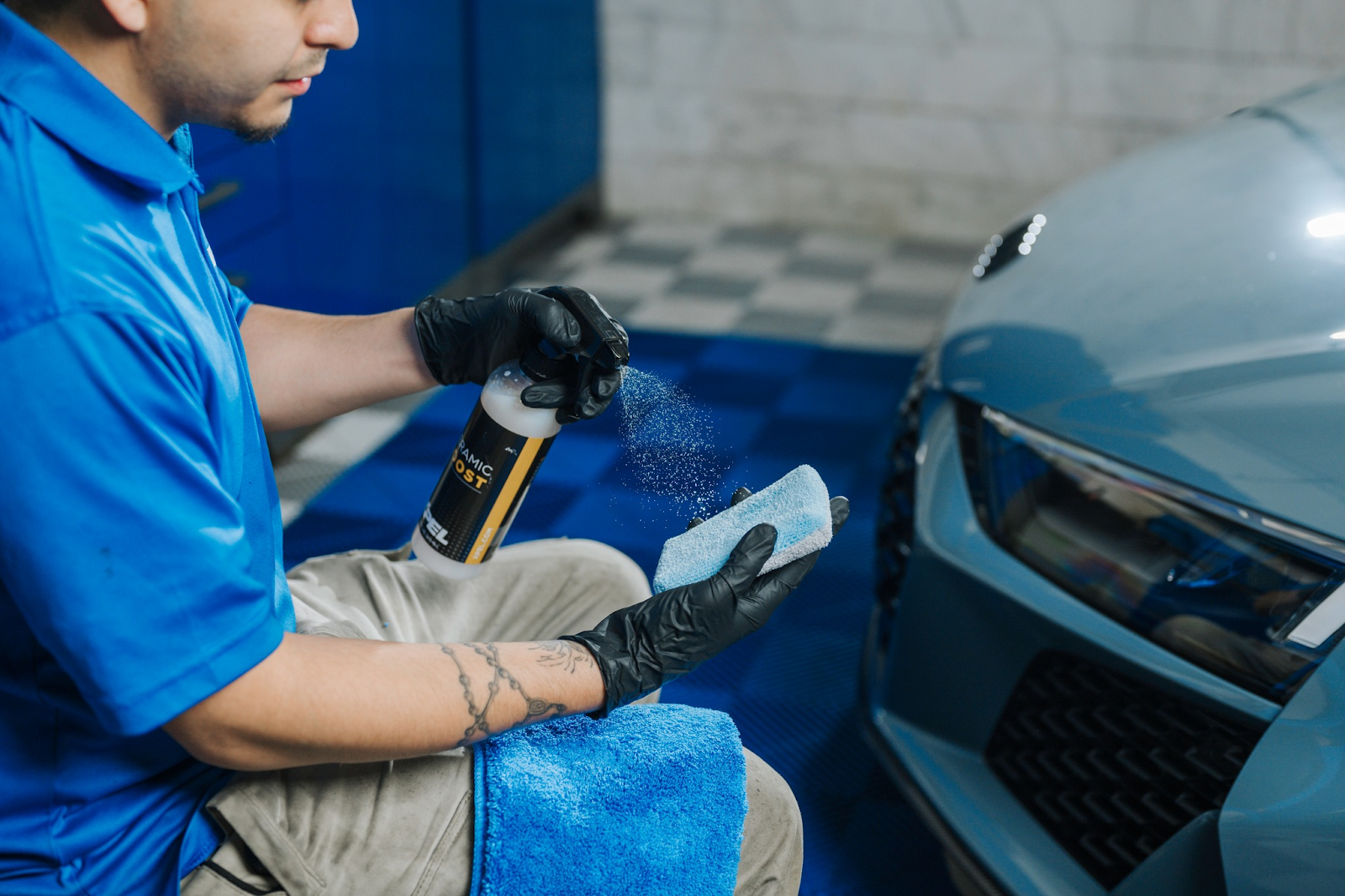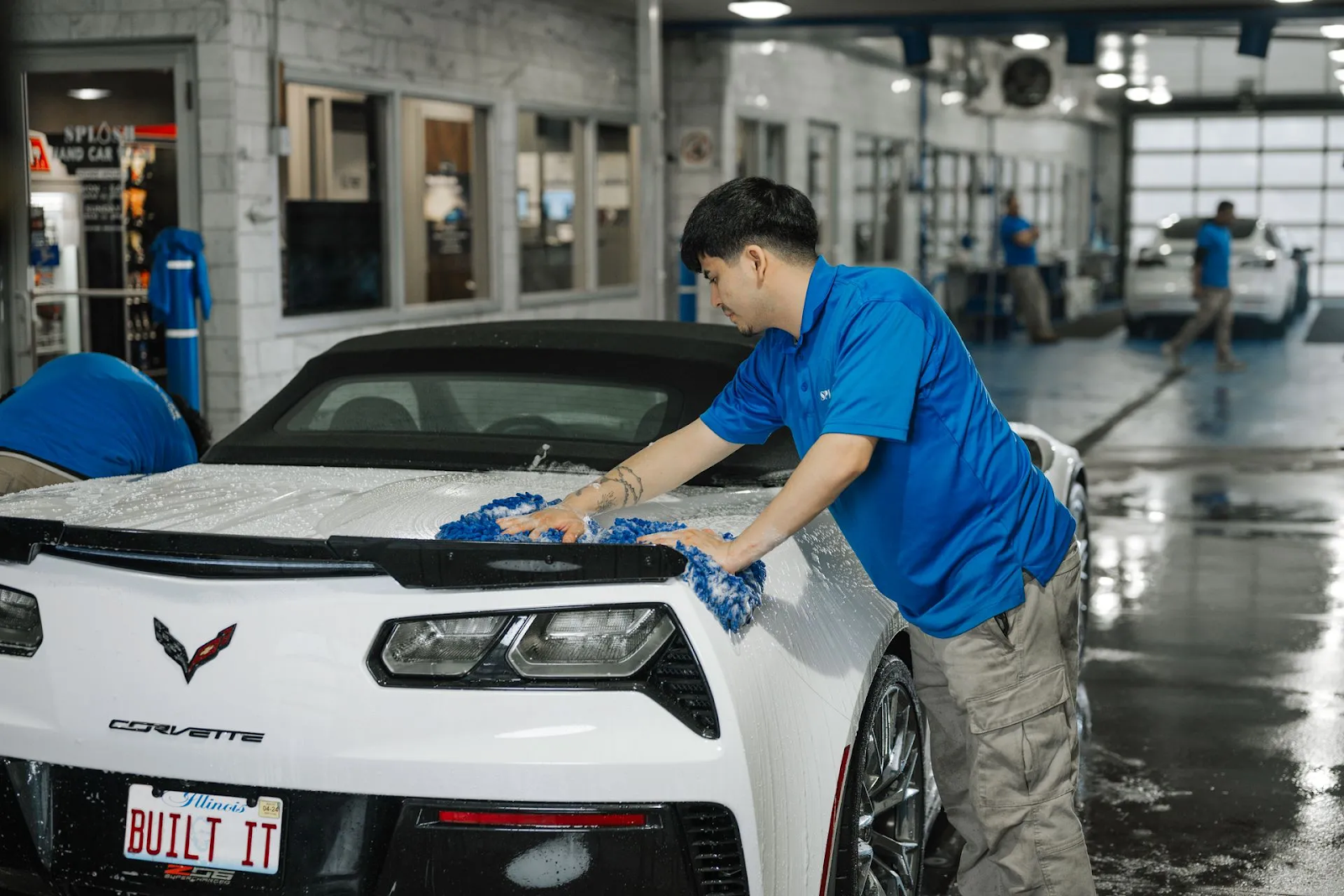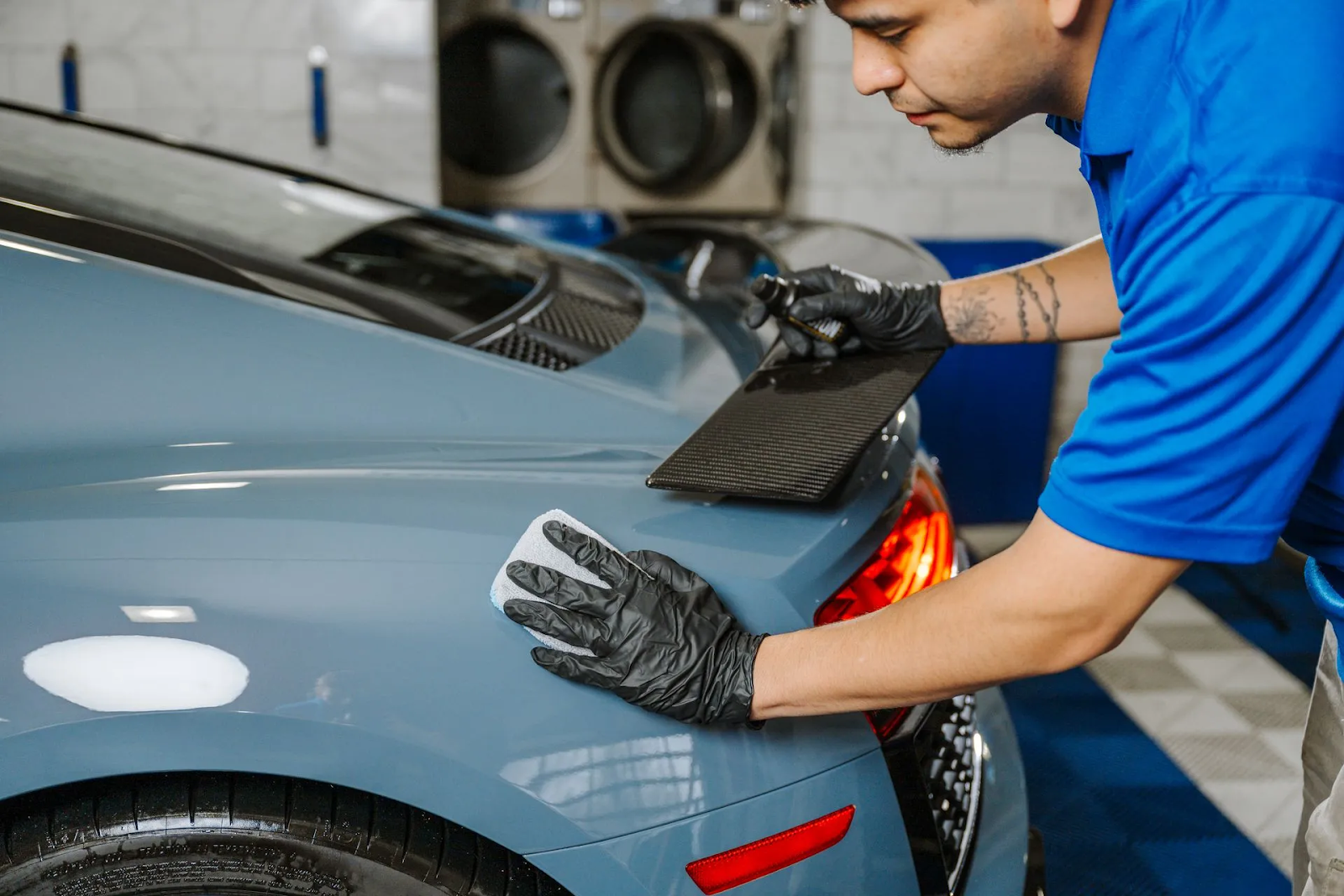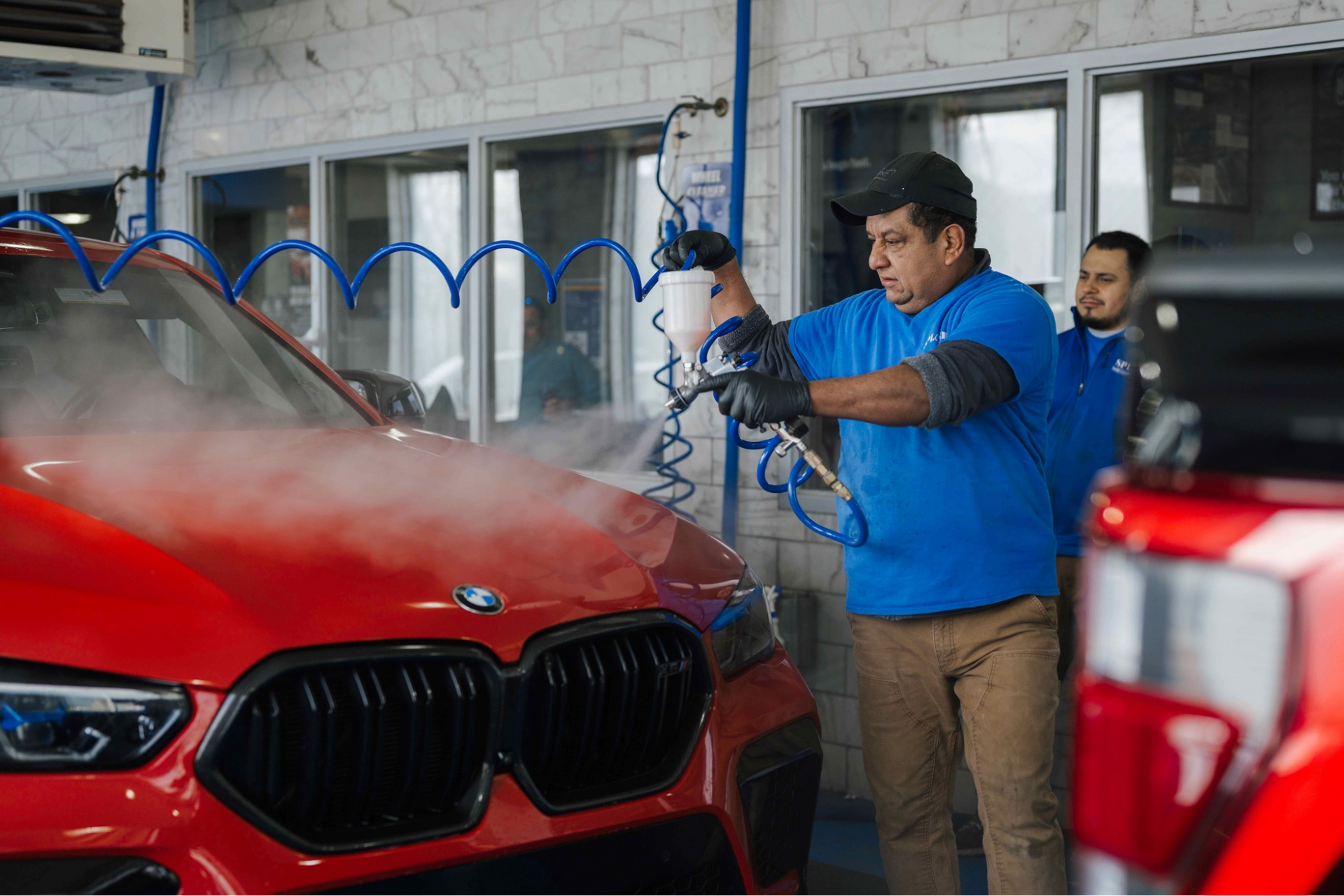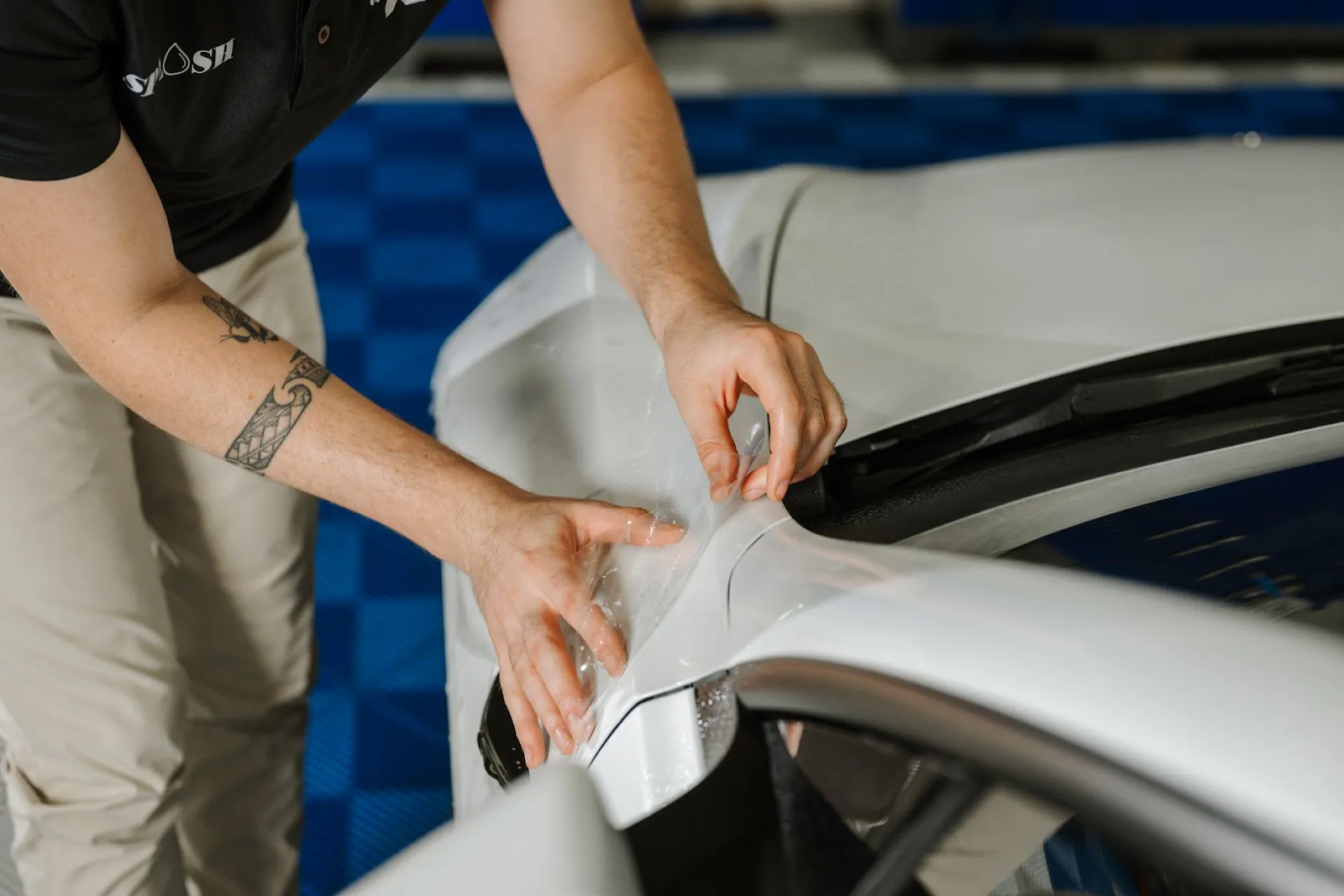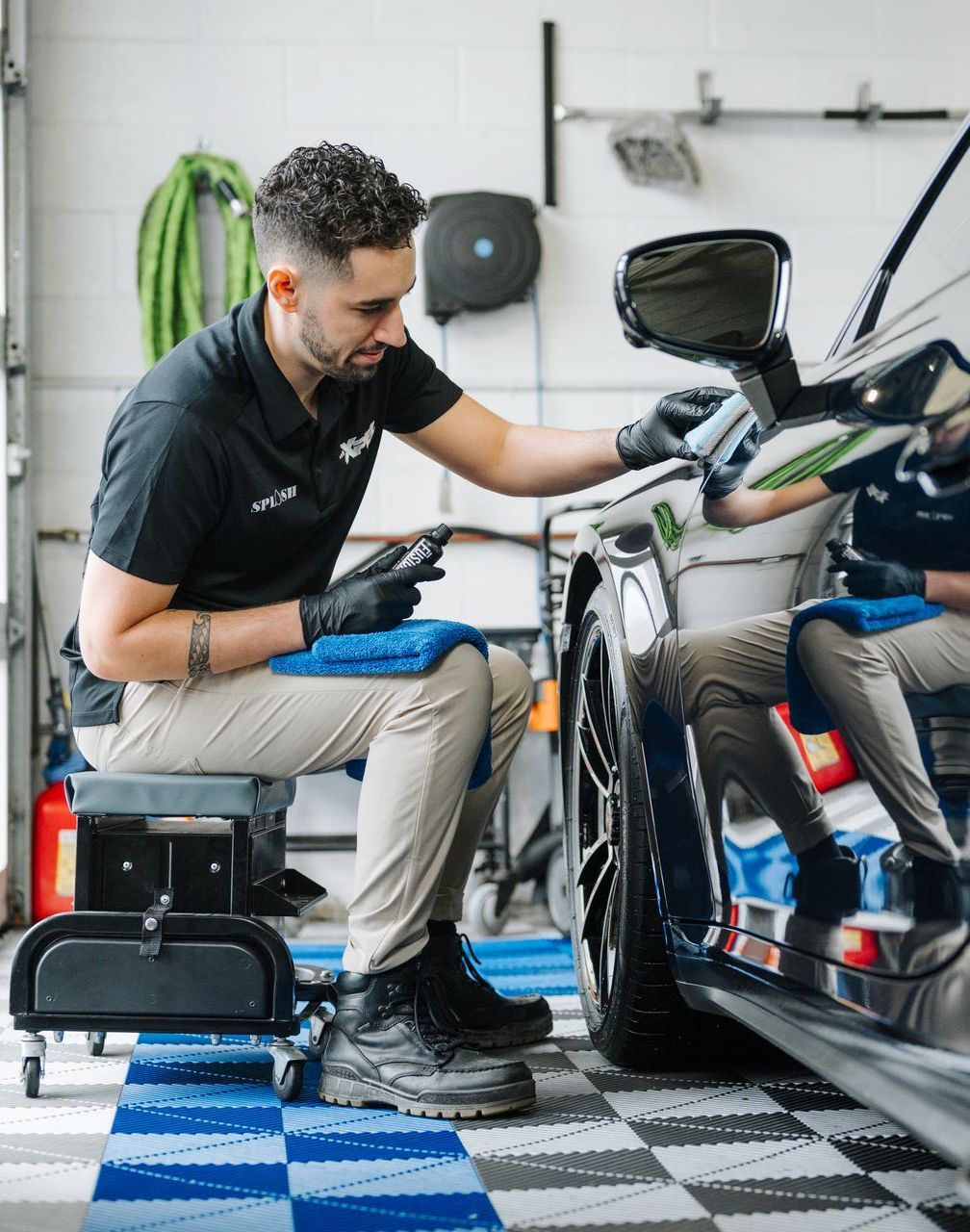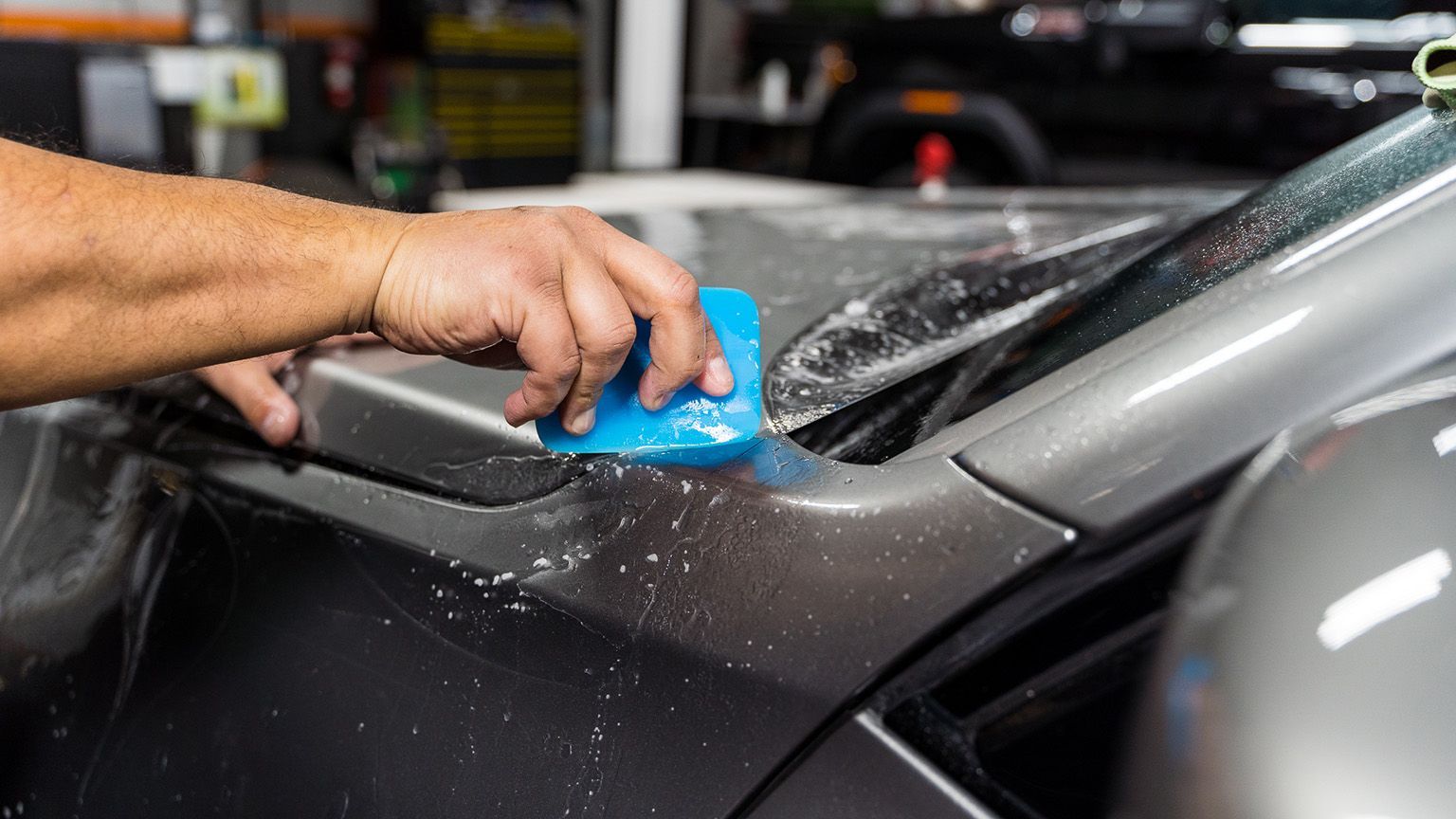Ultimate Protection for Your Ford Expedition: Full Front PPF & Ceramic Coating at Splash Hand Car Wash
When you own a Ford Expedition, you know it’s more than just a vehicle—it’s a statement of style, capability, and comfort. At Splash Hand Car Wash, we’re passionate about helping you protect that investment and keep your SUV looking immaculate for years to come. Our Full Front Paint Protection Film (PPF) and Ceramic Coating service is one of the best ways to ensure your Expedition stands out on the road and stays protected from the elements.
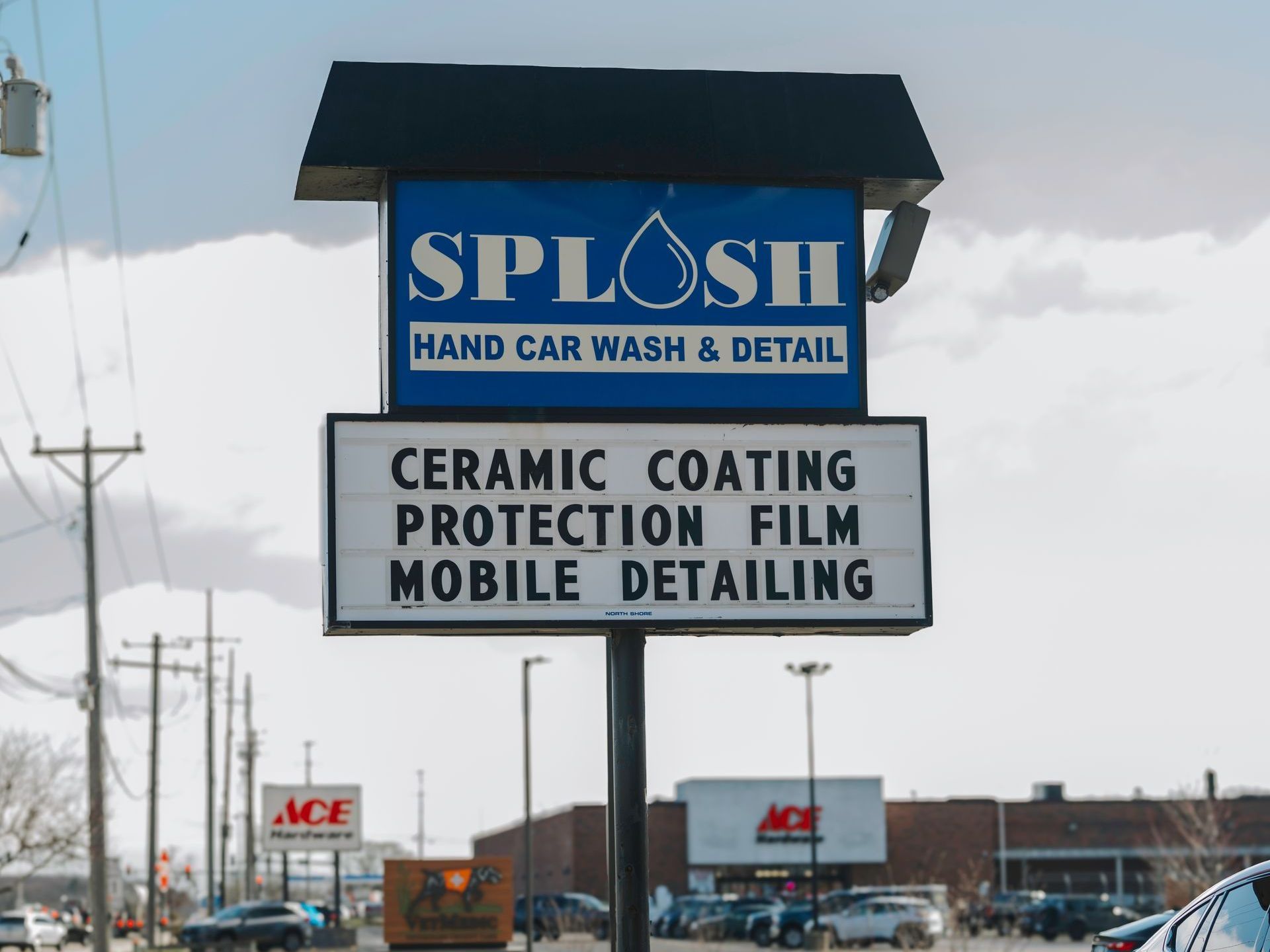
Why Full Front PPF?
The front end of your Expedition takes the brunt of daily driving—think road debris, rock chips, bug splatter, and unpredictable Midwest weather. Our Full Front PPF package (using premium XPEL film) is specifically designed to shield high-impact areas like the hood, fenders, bumper, and mirror caps. Here’s why it’s a customer favorite:
- Invisible Defense: The film is virtually undetectable but provides tough protection against scratches, chips, and stains.
- Self-Healing Technology: Minor scratches fade away with exposure to heat or sunlight.
- Crystal-Clear Finish: Your Expedition’s stone-colored paint stays vibrant and glossy.
- Long-Lasting Value: Backed by a 10+ year warranty with proper maintenance.
The Power of Ceramic Coating
Pairing PPF with a professional ceramic coating takes your protection to the next level. Our ceramic coatings bond to both the paint and PPF, creating a slick, hydrophobic barrier that:
- Repels Water & Grime: Dirt, mud, and even bird droppings slide right off, making cleaning effortless.
- Guards Against UV & Chemicals: Protects your paint from fading, oxidation, and harsh chemicals.
- Enhances Gloss: Delivers a deep, mirror-like shine that highlights your vehicle’s natural beauty.
- Preserves Value: Reduces the need for frequent detailing and helps retain resale value.
Real Results: Ford Expedition Transformation
Recently, we welcomed a beautiful stone-colored Ford Expedition to our Libertyville location for the ultimate protection package. Here’s how we transformed it:
- Consultation & Prep: We started with a free estimate and a thorough hand wash, followed by paint decontamination to ensure a flawless surface.
- Full Front PPF Installation: Our trained technicians applied XPEL PPF to the hood, fenders, front bumper, and mirrors, with seamless edges and invisible protection.
- Ceramic Coating Application: After PPF curing, we layered on our premium ceramic coating, locking in the shine and adding a robust, hydrophobic barrier.
- Final Inspection: Every inch was checked for perfection, ensuring the finish met our high standards.
The result? The Expedition looked stunning—its stone color gleamed under the sun, and the owner drove away knowing their SUV was shielded from whatever the road might bring.
Why Trust Splash Hand Car Wash?
- All-Hand Service: Every detail is completed by hand with microfiber towels and environmentally friendly products.
- Expertise & Care: Over 15 years in business with a reputation for personalized, quality service.
- Top-Quality Products: We use XPEL for PPF and Ceramic Coatings for the best results.
- Convenience: Two locations (Libertyville & Northbrook), plus mobile detailing that comes to you.
- Transparent Pricing: Full Front PPF starts at $2,000; ceramic coating packages start at $150.
Book Your Protection Package Today
Ready to protect your Ford Expedition and keep it looking showroom-new? Book your Full Front PPF and Ceramic Coating service with Splash Hand Car Wash. Visit us in Libertyville or Northbrook, or schedule a free estimate online. Your Expedition deserves the ultimate in care—and so do you.

